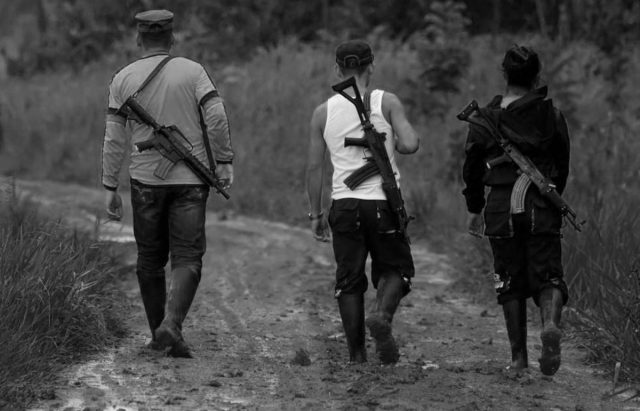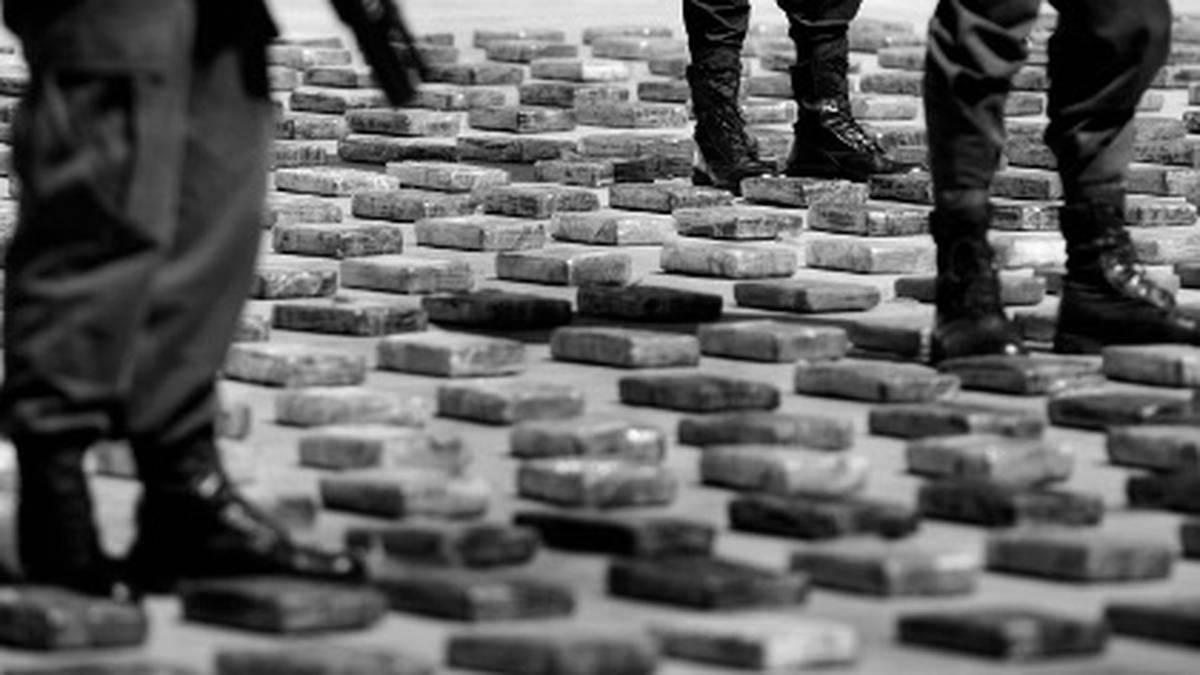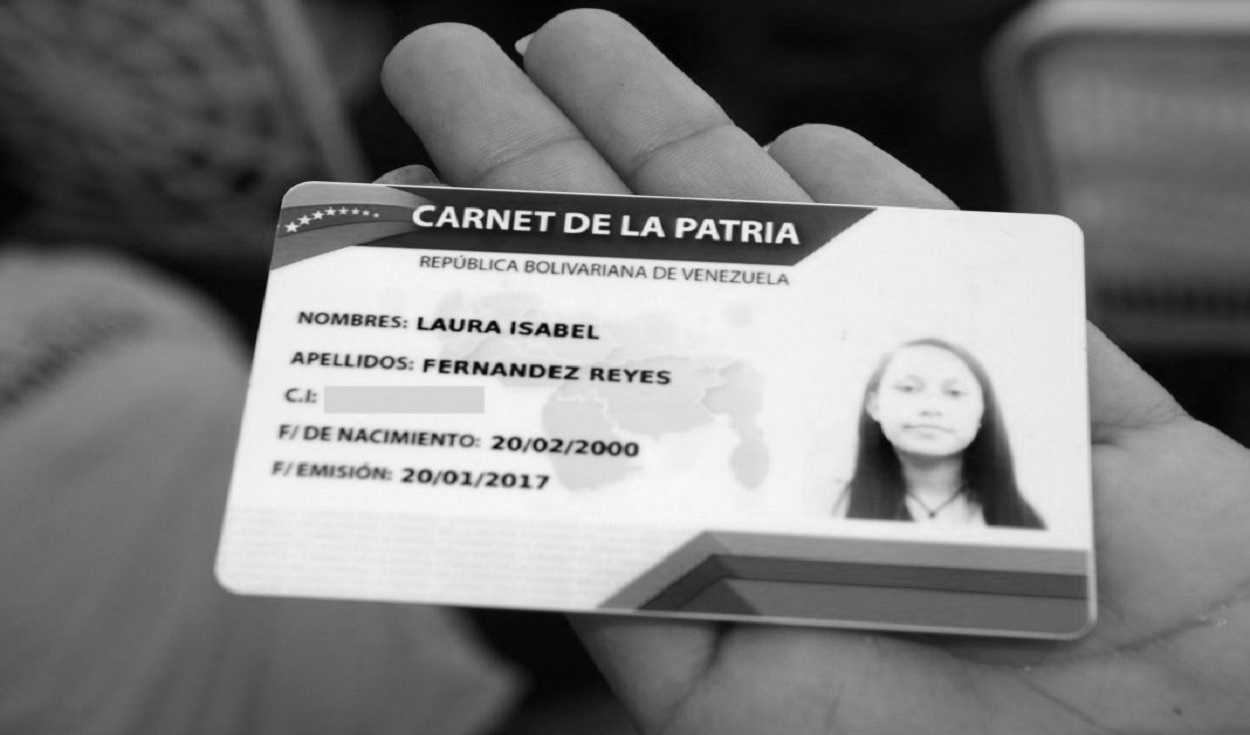In recent days, three reports have undermined the credibility of the government of Colombia in its alleged fight for justice. On the one hand, the Office of the UN High Commissioner for Human Rights (UNHCR) recorded 76 massacres in 2020, with a balance of 292 people killed.
Likewise, an investigation by the US newspaper Financial Times concluded that the South American country remains the largest producer of cocaine in the world. Even the current numbers far exceed those registered during the time of Pablo Escobar Gaviria.
But, perhaps the one that caused the most controversy was the report of the Special Peace Jurisdiction (JEP). This instance determined that in Colombia, between 2002 and 2008, at least 6,402 Colombian civilians were victims of false positives. This means that there were about 1,000 murders a year, during the seven years of Álvaro Uribe Vélez’s government.
This situation leads to recall that the practice of false positives – the murder of innocents to make them look like guerrillas fallen in combat – was not the only crime committed by the Uribe administration. It was just one of many that we review today. Perhaps the most incredible thing of all is that in the face of so many crimes against humanity, there is still no global scandal involving Colombia.
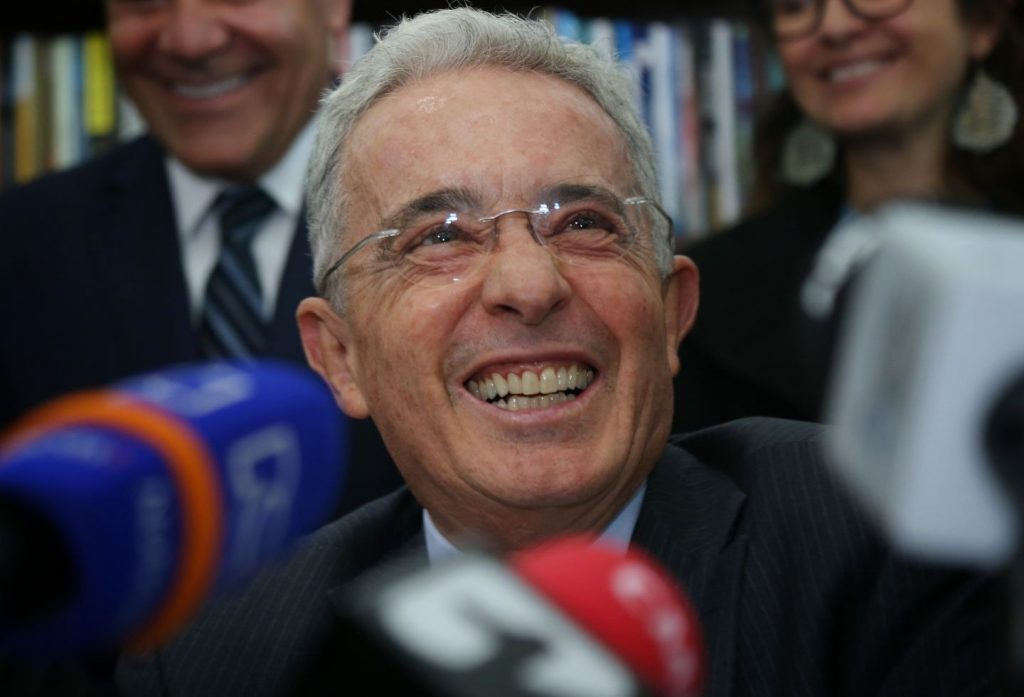
Not a single scandal in Colombia
Since Uribe’s time, the Government of Colombia has offered money to those who denounce, capture or kill guerrillas. Well, they don’t call them that, they call them as the United States dictates it: «terrorists». In other words, the State sets a price for the heads of human beings and rewards treason.
Among the many reports of «terrorists» killed, most were actually young people recruited as paramilitaries. They were all dressed in military clothing and murdered in order to present them and collect the reward. These crimes could be the subject of international scandal. But, on the contrary, they barely made the news once and then disappeared from the media.
Along with the false positives, other tragic social phenomena also abounded. The hitmen, parapolitics, paramilitarism, the displacement of peasants and the growth of malnutrition and poverty stand out. There were also crimes perpetrated by the US military and the unstoppable development of drug trafficking.
This happened because, in Colombia, power is exercised directly by the United States. Drug traffickers who are not linked to that power structure and are detained are not tried by Colombian courts. They are extradited to the United States and are held accountable there. However, the international press does not discuss this issue either.
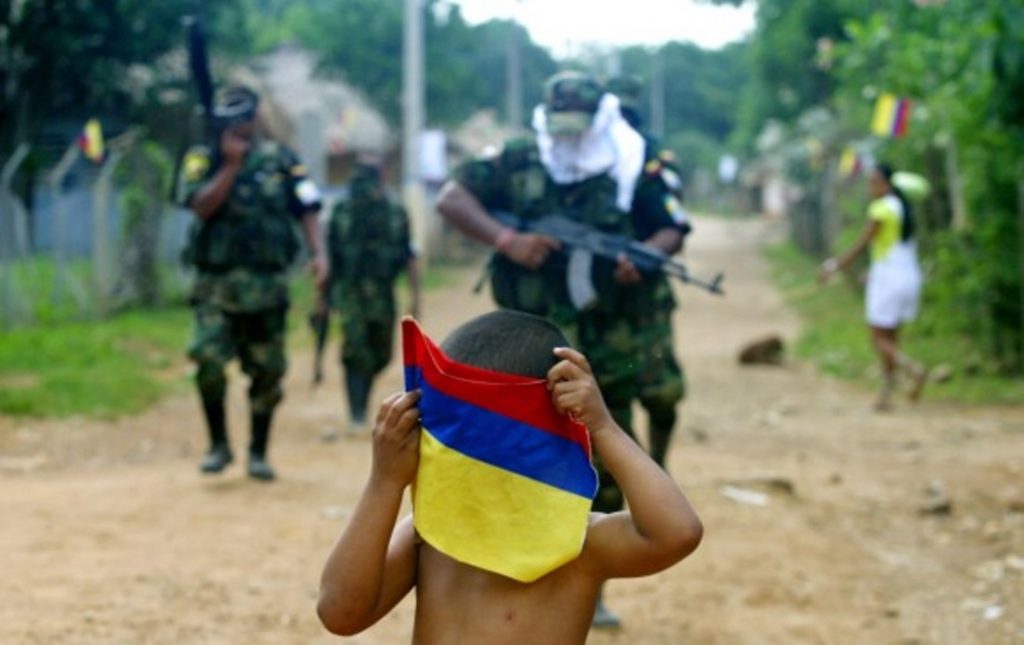
Control of the power of the media
So, what elements come into play so that the world scandal does not occur? Ignacio Ramonet, director of Le Monde Diplomatique, once said that after the economic or financial power – which moves the strings of the world – comes the power of the media.
“It is the ideological apparatus of globalization. It is a system that constitutes the way to write the ‘program’ for us to accept globalization on the ‘hard disk’ of our brain. That ideological system is the media apparatus as a whole. What the press says is repeated on television and radio, and not only in the news, but also in fiction”, he explained.
The most antiquated sectors of the oligarchy and the Colombian political apparatus dominate that media power. It is them who decide what should or should not be reported. While the State, grateful for the favors received, grants certain fiscal, economic and political advantages, behind the back of the judicial system. However, although the media are silent, certain events reach the rank of isolated news in the main newspapers of the planet.
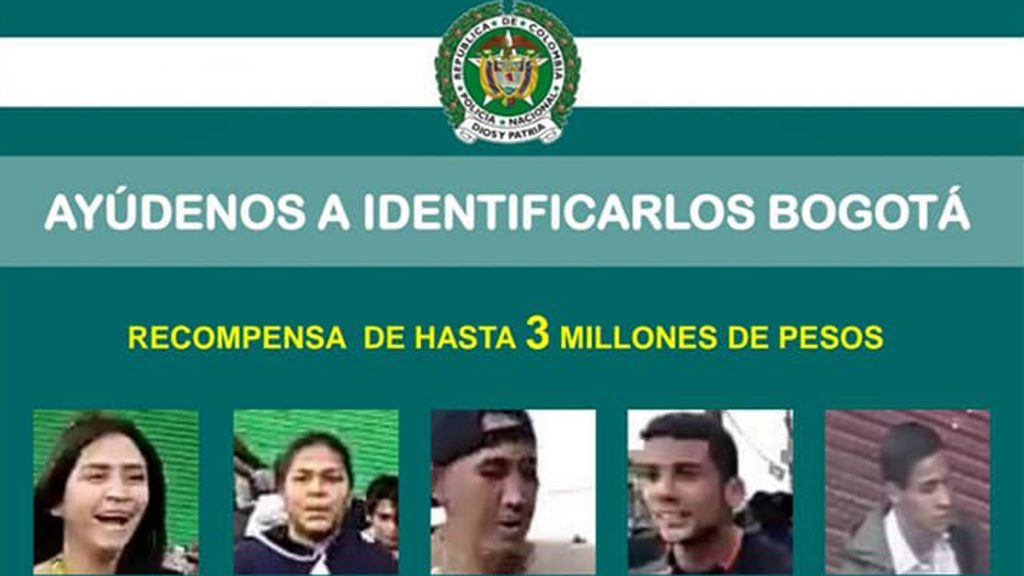
The bounty hunters
In Colombia, there is a murder system similar to that of the old West of the United States. Authorities offer to pay rewards to those who capture or kill suspected «criminals» wanted by law.
On July 1, 2007, El Nuevo Herald published a tragic news item: “Eleven Colombian deputies murdered in captivity and in the hands of the Revolutionary Armed Forces of Colombia (FARC), apparently they died in the midst of a crossfire between their captors who were taking care of them and the bounty hunters who sought to collect the 2.5 million dollars that the Government offered for each of the eight members of the Secretariat of that organization”.
The US newspaper attributed these statements to military sources and analysts linked to the Defense Ministry. They added that the government also had offers of $ 800,000 for second-level FARC leaders. Likewise, they offered $ 100,000 for the third level and $ 70,000 for the fourth.
In this regard, the Spanish newspaper El Mundo also published the news. «Eleven Colombian deputies kidnapped in 2002 were killed as a result of a shootout with an unidentified military group». Meanwhile, the honduran newspaper El Heraldo reported that the parliamentarians «were murdered in captivity, in a confusing episode».
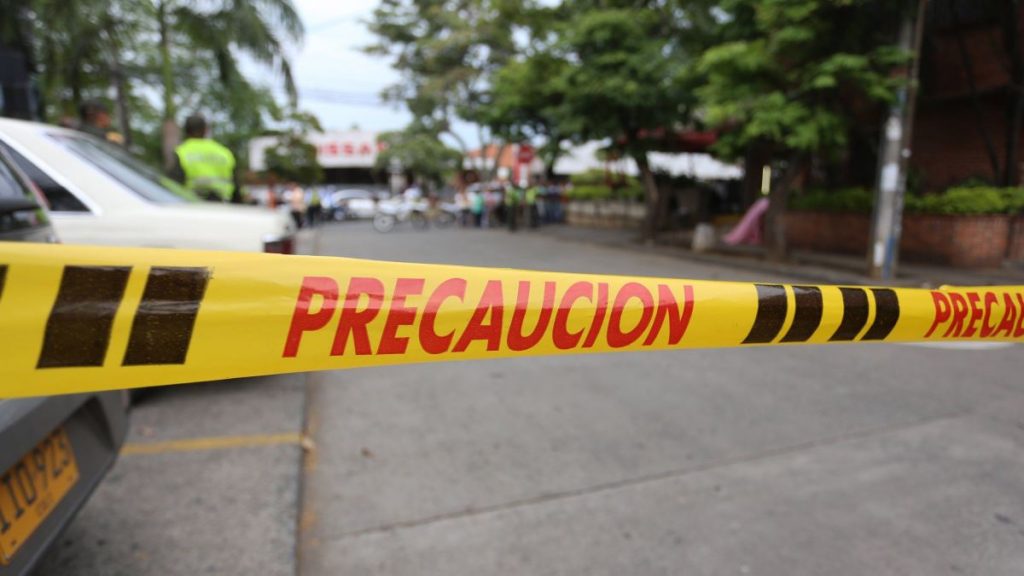
The use of hired gunmen
In September 2008, an article published by Radio Caracol denounced that ‘hit men’ became one of the main concerns of the authorities in Medellín. That year there were more than 400 violent deaths from this scourge in that city.
In February 2009, Colombian journalist Héctor Veloza Cano, editor specialized in justice for the daily El Tiempo, referred to these hired killers in an interview with the argentinian media La Nación.
“In Colombia, hitmen are common. There are so-called ‘money collection offices’: gangs at the service of drug trafficking whose mission is to ‘settle the accounts’. (…) It is possible that they are used to collect insurance or for revenge. But, in 99% of the cases, the hit men are at the service of drug trafficking”, he said.
El Tiempo also reported that in the first seven months of that year 1,081 homicides were registered, 37 more than all those registered during 2008 (1,044): The data provided by the Secretary of the Government of Medellín recorded five murders per day. Most of those killed were members of the same gangs that supported the ‘organized’ hit men.
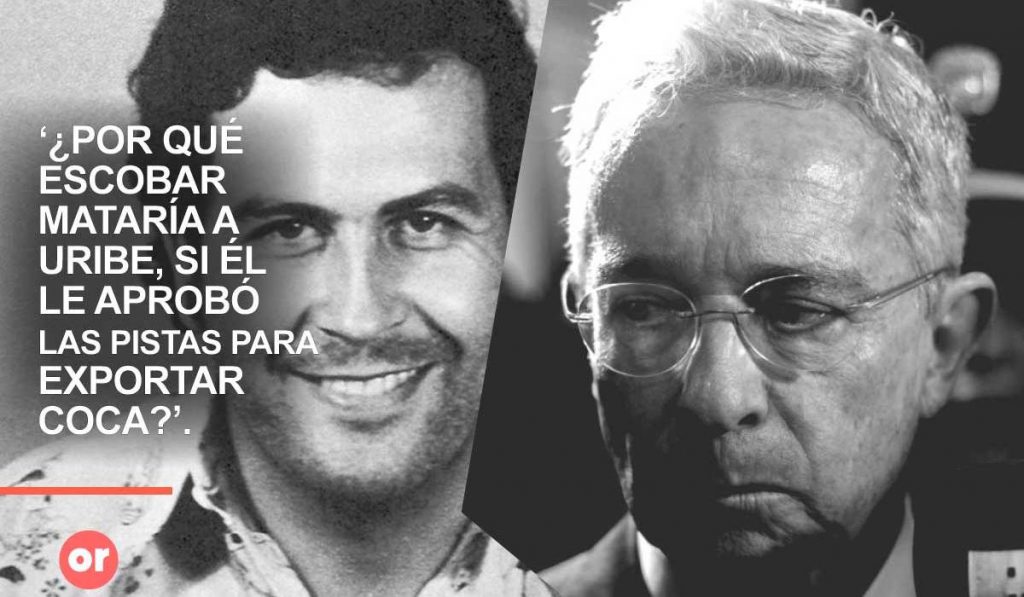
Uribe and drug trafficking
The drug trafficking problem in Colombia is so deep and complex that even former President Uribe is part of the problem. Uribe appears in a declassified document prepared by the Central Intelligence Agency (CIA) in 1991, which listed the most dangerous drug traffickers on the American continent.
In the report, Uribe ranks as the 82nd drug trafficker, just after Pablo Escobar Gaviria. In addition, the CIA reports that he was dedicated to collaborating with the Medellín cartel at the highest levels of government.
About his ties to Escobar, the Colombian journalist Virginia Vallejo, a former lover of the drug lord, revealed them (Uribe’s ties to Escobar) in a book. There, she confessed details of her relationship and she claims to have met Uribe, whom her lover was very fond of. The main private media in the world did not echo this issue.
Additionally, in April 2008, the Colombian authorities arrested former Senator Mario Uribe Escobar, the President’s cousin, in Bogotá. He was accused of alleged links with paramilitaries. The RCN chain referred to the request for political asylum that Uribe Escobar requested from the Costa Rican embassy, but missed his subsequent arrest when the request was denied.
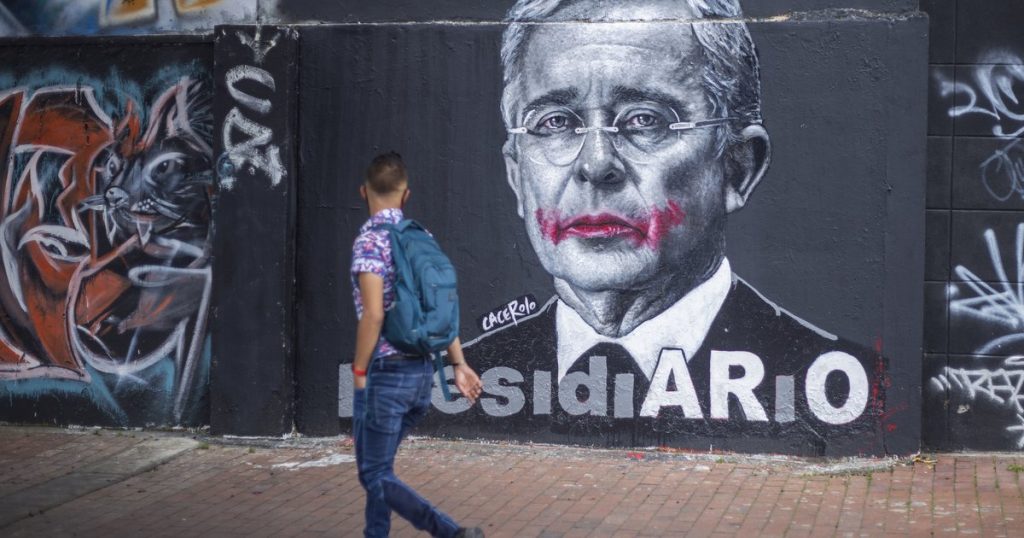
Parapolitics
The Spanish newspaper El País reported in April 2008 that 28 Colombian congressmen were arrested and another group investigated for alleged links with the United Self-Defense Forces of Colombia (AUC). This is one of the illegal organizations responsible for the so-called parapolitics.
On that occasion, the venezuela media El Nacional reported that at least 56 congressmen or ex-congressmen, the majority from the Uribe coalition, were investigated. The case was handled by the Supreme Court and the Attorney General’s Office. At least 30 of them were detained for their alleged links to the AUC.
The most notorious case was the resignation of the former Minister of Foreign Relations, María Consuelo Araujo, in February 2008. She resigned because of strong pressure, after the Supreme Court ordered the arrest of six congressmen for alleged links with paramilitaries. Among them was her brother, Senator Alvaro Araujo Castro.
The Court also asked the Prosecutor’s Office to investigate former Minister Alvaro Araujo Noguera, father of the Chancellor. He was accused of his alleged participation in a kidnapping and in the formation of paramilitary groups. Also, for the crime of conspiracy to commit a crime, published the newspaper El País.
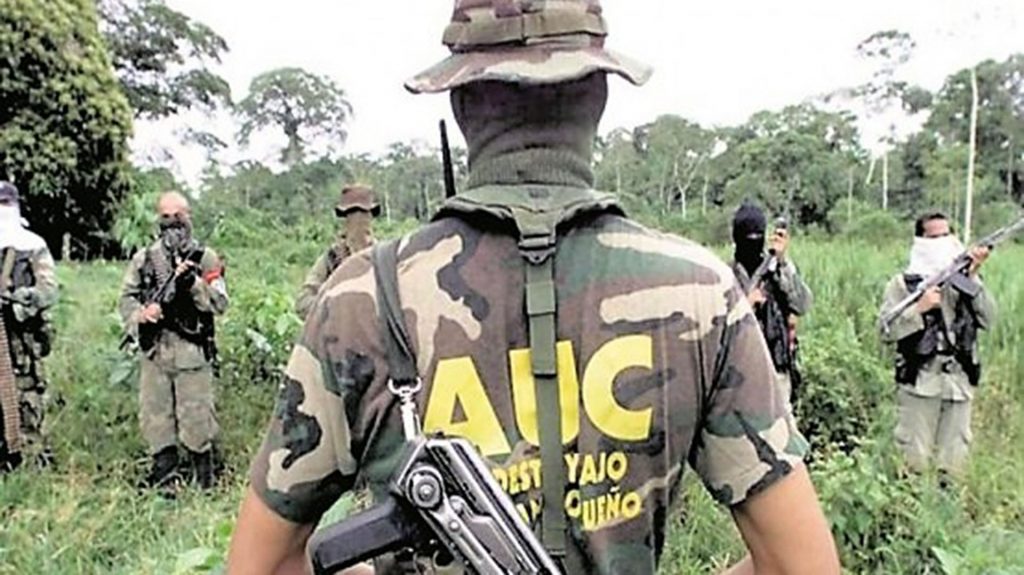
The paramilitarism protected by Uribe
The Institute for Development and Peace Studies (Indepaz) denounced, in 2008, that there were 76 identified paramilitary groups. There were at least 8,924 troops, located in 25 departments of the country. These groups were dedicated to drug trafficking, kidnapping, extortion and parapolitics. The Uribe government was accused for its relationship with paramilitaries and with 80% of the para-politicians.
The colombian newspaper El Tiempo, in May 2007, published details of several declassified Pentagon documents. These revealed that, since the 1960s, Washington fostered the creation of paramilitarism in Colombia as a means to combat «communist guerrillas».
“This structure should be used to push for the reforms that are needed. They have to perform double agent and counter-propaganda functions. Also, as necessary, carry out paramilitary, sabotage and terrorist activities against known communists”, the text read.
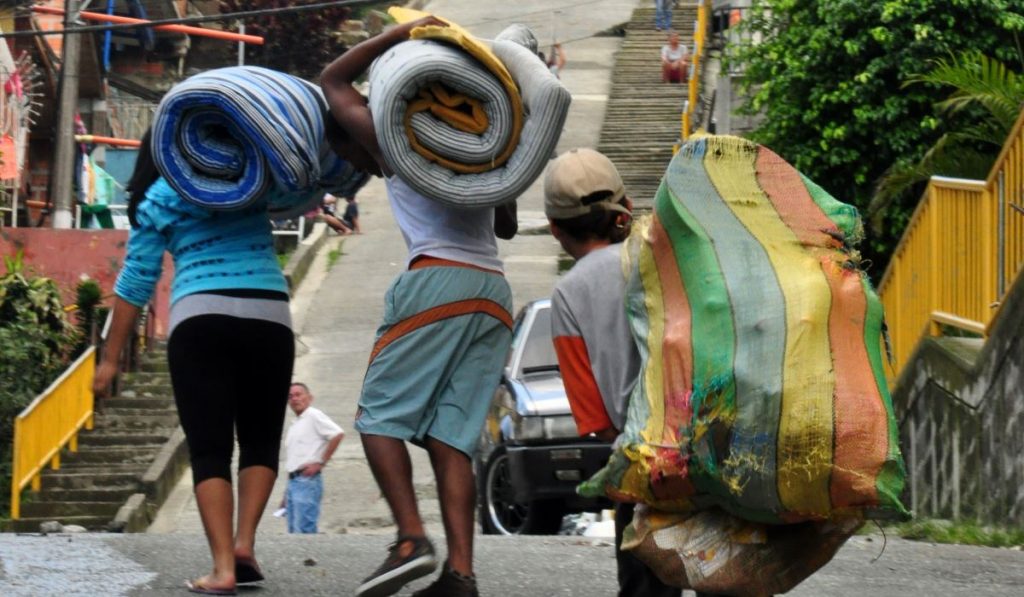
Displaced communities
A report by the United Nations (UN), from June 2009, counted 42 million displaced people in the world. By that year, Colombia was already among the countries that most suffered this, along with Iraq, the Darfur region (Sudan), the Congo and Somalia.
With three million people displaced by the violence of the internal conflict, Colombia was one of the most uprooted countries in the world. The numbers were from the United Nations Refugee Agency (UNHCR) in its 2008 annual report.
In June of that year, Radio Caracol confirmed that information. It even added that between 130 and 140 thousand Colombians lived as refugees in Ecuador; while another 118 thousand lived in the three border states of Venezuela.
The Spanish media El Mundo reported to EFE in July 2008 that up to 380,000 Colombians became displaced that year. The figure represented an increase of more than 24% compared to 2007. In addition, between three and four million people were living displaced in their own country. Also, another half a million had fled to neighboring countries, becoming colombian refugees.
El Tiempo highlighted that the head of the delegation of the International Committee of the Red Cross in Colombia, Christophe Beney, endorsed the figures. But, in addition to the displaced, the Prosecutor’s Office reported some 40,000 missing persons. To this, it also added a significant number of victims due to detonations of antipersonnel mines.
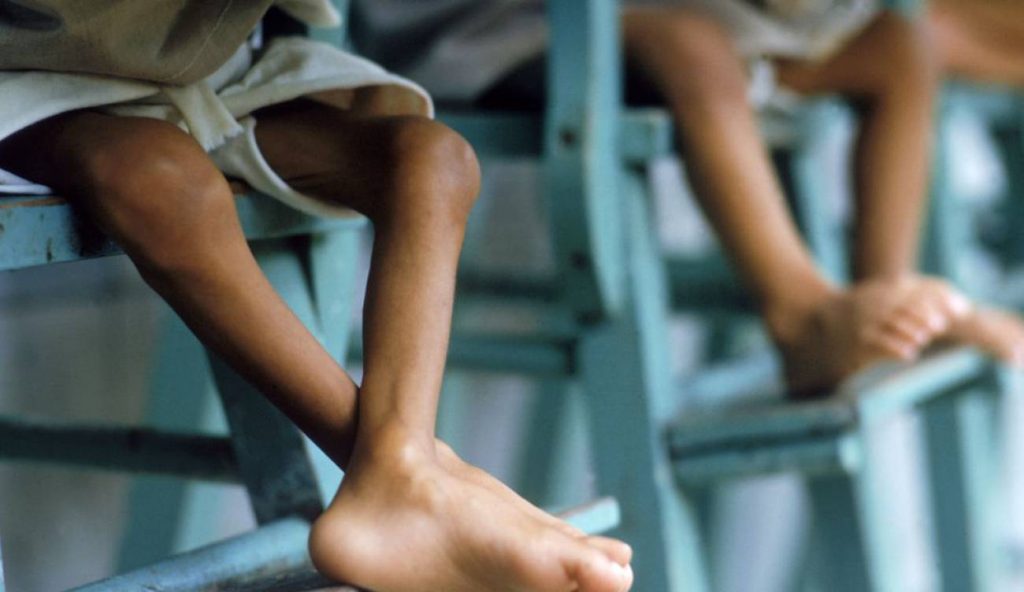
Alarming malnutrition
Colombian Senator Gustavo Petro pointed out in 2006 that 20,000 children died of malnutrition that year. Radio Caracol reported in 2007 that according to the Food and Agriculture Organization of the United Nations (FAO), Colombia ranked second in Latin America in terms of malnutrition rate. The figure was around 5.9 million cases.
In March 2007, Radio Caracol reported that, according to the FAO, 12% of children under five years of age suffered from chronic malnutrition. Meanwhile, 1.3% suffered from acute malnutrition and 7% from global malnutrition. In conclusion, more than 20% of children under the age of five were victims of some type of malnutrition.
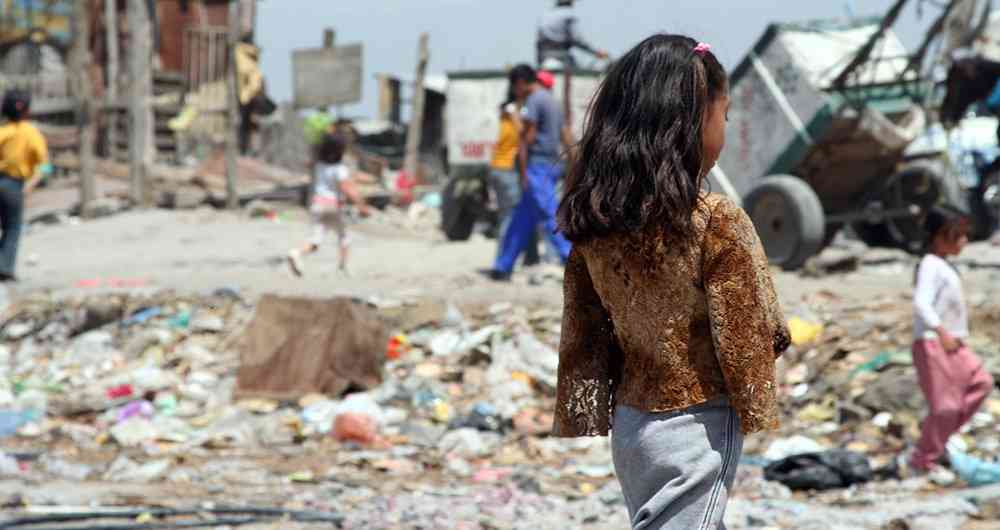
Poverty
The National Administrative Department of Statistics (DANE) revealed in 2008 that, of the 44 million Colombians, about 20 million were poor. Until December of that year, poverty reached 46%, urban poverty at 39.8% and rural poverty at 65.2%. In relation to extreme poverty, the index stood at 17.8%.
The DANE figures were similar to those of the FAO report, reviewed by Radio Caracol that year. There, it reflected that 49.2% of the population was poor and extreme poverty was around 14.7%. In other words, about 7.4 million of the national population considered themselves destitute.
For its part, the Peruvian newspaper La República reported in May 2008 that some 5,000 children died annually in Colombia from malnutrition. Likewise, twelve out of every hundred (12%) suffered from hunger, revealed the United Nations Children’s Fund (Unicef).
Unicef also calculated that – in Colombia – for 2009, there were about 35 thousand boys and girls linked to sexual exploitation. According to the same study, the figure had tripled in three years, while the age at which abuse is induced fell below 10 years.
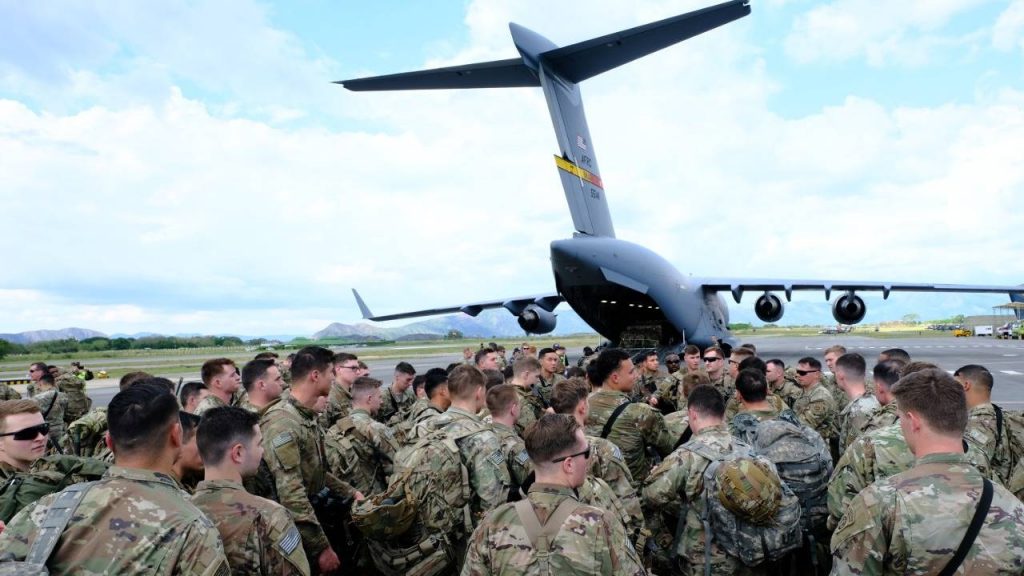
US immunity in Colombia
In 2006, a 12-year-old girl was harmed, abused and raped by two US military personnel. The EFE news agency reported that those involved in this event were in work related to Plan Colombia.
With the advice of the Human Rights Defender Corporation (Reset), the mother of the minor saw how the Colombian Prosecutor’s Office argued that the process against the military had been transferred to the United States, because in Colombia they enjoy immunity. The Venezuelan newspaper El Universal confirmed the information from the Prosecutor’s Office.
However, Radio Caracol referred to the event as follows: «The investigation into the alleged rape of a Colombian girl in Melgar by the US military is paralyzed due to procedural difficulties, assured Foreign Minister Jaime Bermúdez».
Meanwhile, the debate in the Colombian Senate on this case of the raped minor was lifted due to lack of a quorum. Therefore, it is not ruled out that other cases of abuse may have been hidden by the media and the victims bought by the Government.
But, all this is possible due to the military agreements «between equals» signed by Colombia and the United States. However, if a Colombian military man commits a crime in the United States, he will be tried by the US courts.
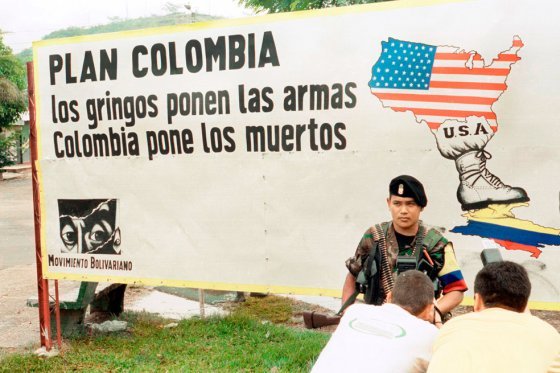
Uribe and his history with drug trafficking
In 2009, the financing of Plan Colombia reached 720 million dollars, with the presumed objective of eradicating drug trafficking. But, it happens that the greater the financing of Plan Colombia, the greater the drug production. Figures from the United Nations Office on Drugs and Crime (UNODC) confirmed this.
According to the UNODC, during this period Colombia became the largest cocaine producer in the world. In addition, it threatened to also be the largest heroin factory in Latin America. At the same time, the United States was – and still is – the largest consumer of cocaine.
La República, a Uruguayan newspaper, reported that, according to the UN International Narcotics Control Board (Jife), coca cultivation in Colombia increased by 27%. This information was also published by Radio Caracol on the same date in 2009.

The value of the drug business
The journalist Hernán Carrera, in an article published in AVN in 2009, explained that more than 50 million kilos of illegal substances are ‘moved’ annually. This amount reported approximately 500 billion dollars of profit, according to experts from the UN, the International Monetary Fund and the US Drug Agency (DEA).
Carrera pointed out that Catherine Austin Fitts, a former government official of George Bush Sr. and director of an investment fund on Wall Street, calculated that for every dollar added in the profit line of a transnational, there was an increase of six dollars in the value of his actions.
“If the 500 billion of drug trafficking is multiplied by six, loaned at low interest, or even in a simple exchange for shares, it is 300 billion dollars, perfectly legal, exchangeable, usable, for mutual benefit. An amount that should not be left within the reach of potential competitors ”.
Hernán Carrera
Then, he concluded that from this, the real importance of the drug business in the world can be understood. It is an element that moves the Colombian economy and politics and that fact, should not be reflected in the public light. In addition, it is also understood why a media scandal of enormous proportions does not take place: because it would break the indivisible Colombian-American alliance.
